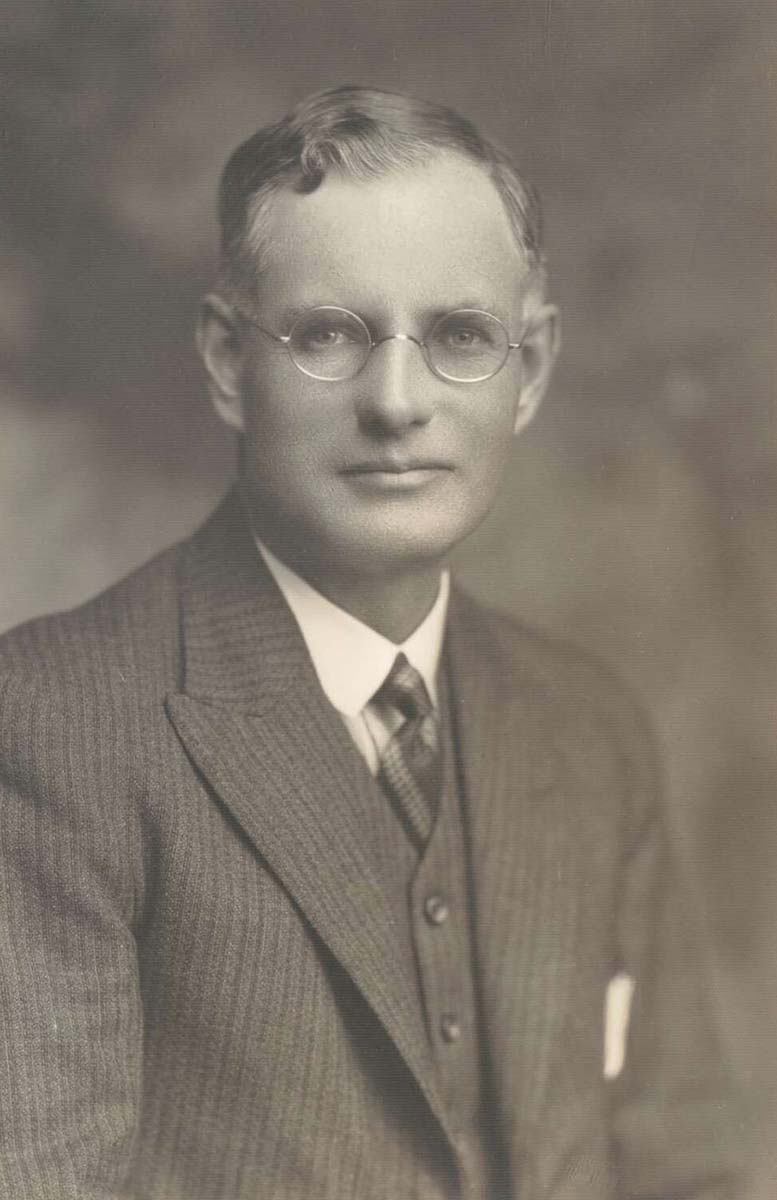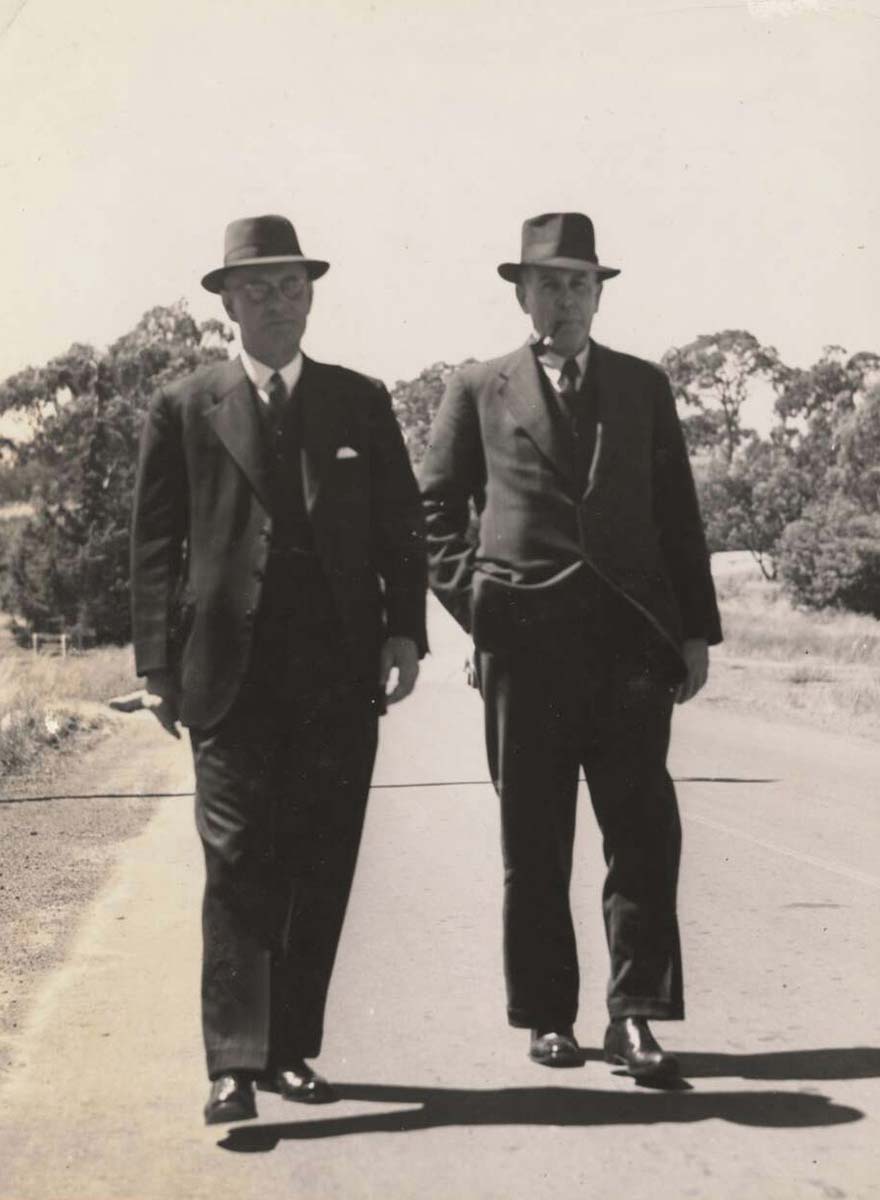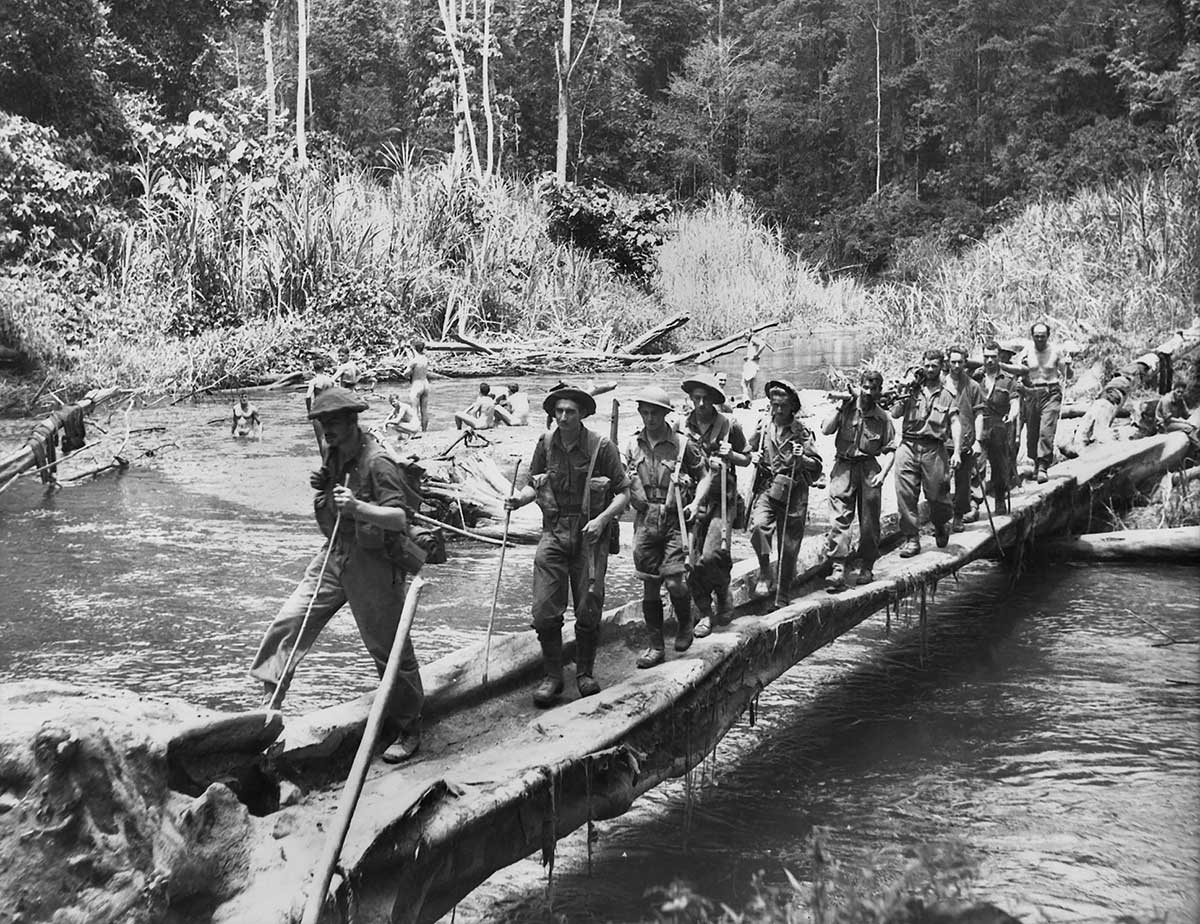Australia’s 14th Prime Minister

7 October 1941 to 5 July 1945
A former newspaper editor, John Curtin was best known for his foray into politics, where he established a career. He became Prime Minister in late 1941, just before the beginnings of war in the Pacific theatre.
Curtin intensified the war effort, brought some Australian troops back from the Middle East to defend Australia, and convinced Australians to support an enduring defence alliance with the USA.
Curtin died a month before the war ended in the Pacific, never seeing the outcome he had worked so hard for.
Curtin's beginnings
John Joseph Curtin was born in Creswick, Victoria, on 8 January 1885. His parents were John Curtin and Kate Bourke. His father, an immigrant from County Cork, Ireland, worked as a prison warder, a police constable and a hotel manager.
Curtin spent his childhood in Creswick, Melbourne and Macedon, Victoria. He attended public and Catholic parish primary schools, and was a studious boy who continued to educate himself through wide reading after leaving school to join the workforce.
At 14 he became a copyboy on The Age newspaper, then worked as a printer’s assistant on the short-lived Rambler. At 18 he became a clerk at the Titan Manufacturing Company, where he worked for eight years.
John Curtin became the Victorian organising secretary for the Timber Workers’ Union in 1911, and its first federal president in 1914. He became an organiser for the Australian Workers’ Union in 1916.
As secretary of the Victorian Anti-Conscription League in 1916, he was prominent in the movement, opposing attempts by the federal government of William Morris Hughes to introduce compulsory military service. He was gaoled briefly for refusing to enlist.
He married Elsie Needham in 1917, and they had two children.
After a bout of alcoholism (which recurred later), he moved to Western Australia in 1917, as editor of the union movement newspaper, the Westralian Worker. He was appointed president of the Australian Journalists’ Association in 1921.

Curtin's entry into federal politics
John Curtin joined the Australian Labor Party as a young man. He unsuccessfully contested the federal seat of Balaclava, Victoria, standing against a former Premier of Victoria, WA Watt, in 1914.
In 1919 he was unsuccessful again, as a candidate for Perth. He entered federal parliament after winning the seat of Fremantle, WA, in 1928.
He lost the seat in 1931, but regained it in 1934, and held it through the next three general elections: 1937, 1940 and 1943.
Curtin replaced James Scullin as leader of the federal parliamentary Labor Party and Leader of the Opposition in 1935.
He effectively reunited the divided and discredited Labor Party over the next six years, reestablishing public confidence in its ability to govern.
This revitalisation coincided with the increasing instability and division within the United Australia Party governments of Joseph Lyons and Robert Menzies, and the Country Party government of Arthur Fadden.
Prime Minister John Curtin
Curtin became Prime Minister on 7 October 1941, after defeating the short-lived government of AW Fadden in a vote on the budget. He remained Prime Minister and head of war cabinet until his death in office on 5 July 1945.
He managed Australia’s response to the wartime emergency beginning with the outbreak of the Pacific War after the Japanese attack on Pearl Harbour on 7 December 1941, which was soon followed by the fall of Singapore, the Japanese invasion of New Guinea and the bombing of Darwin and Broome.
There was a rapid adaptation of Australian primary and secondary industry to defence and wartime production.
Curtin defied Australia’s senior allies, insisting that Australian troops fight the Japanese in the South West Pacific Area. He fostered the close wartime partnership with the United States, accepting the American General Douglas MacArthur as ‘Supreme Commander’ directing Australia and its war effort.
Seeking to use the nation’s resources fully, Curtin also sent Australian conscripts to fight in its overseas territories.
The wartime years under Curtin’s government were a period of social and cultural change, with the introduction of ARPs (air raid precautions) including blackout and air raid shelters; rationing; wholesale entry of women into the workforce to replace male workers away on military service; and the arrival of US troops.
Curtin visited the UK, USA and Canada in April to May 1944 for a Conference of Dominion Prime Ministers.
Curtin died in Canberra, ACT, on 5 July 1945, only a month before the end of the war. He died from ‘war-weariness’, over-exertion, stress and heart disease. He was the second Australian Prime Minister to die in office.
Legislation passed under Curtin
New legislation under Curtin included:
- The Statute of Westminster Adoption Act 1942 necessary to give Australia full competence to pass laws relating to its independence as a nation.
- The Black Marketing Act 1942 to protect war-time price control and rationing.
- The Widows Pension Acts 1942 and 1943.
- The Women’s Employment Act 1942 to set up a board to determine conditions of employment for women.
- The Australian Broadcasting Act 1942 to regulate all broadcasting services. This Act, as amended, was in force until 1992.
- The Income Tax (Wartime Arrangements) Acts 1942 and 1943 and the Income Tax Assessment Act 1942imposed uniform rates of tax for the whole Commonwealth and effectively made income tax collection a Commonwealth monopoly.
- The Unemployment and Sickness Benefits Act 1944.
- The Pharmaceutical Benefits Act 1944 and 1945 provided for the Commonwealth to subsidise a large range of medicines.
- The War Crimes Act 1945 allowed for trial of war criminals by Australian military courts.
In our collection
